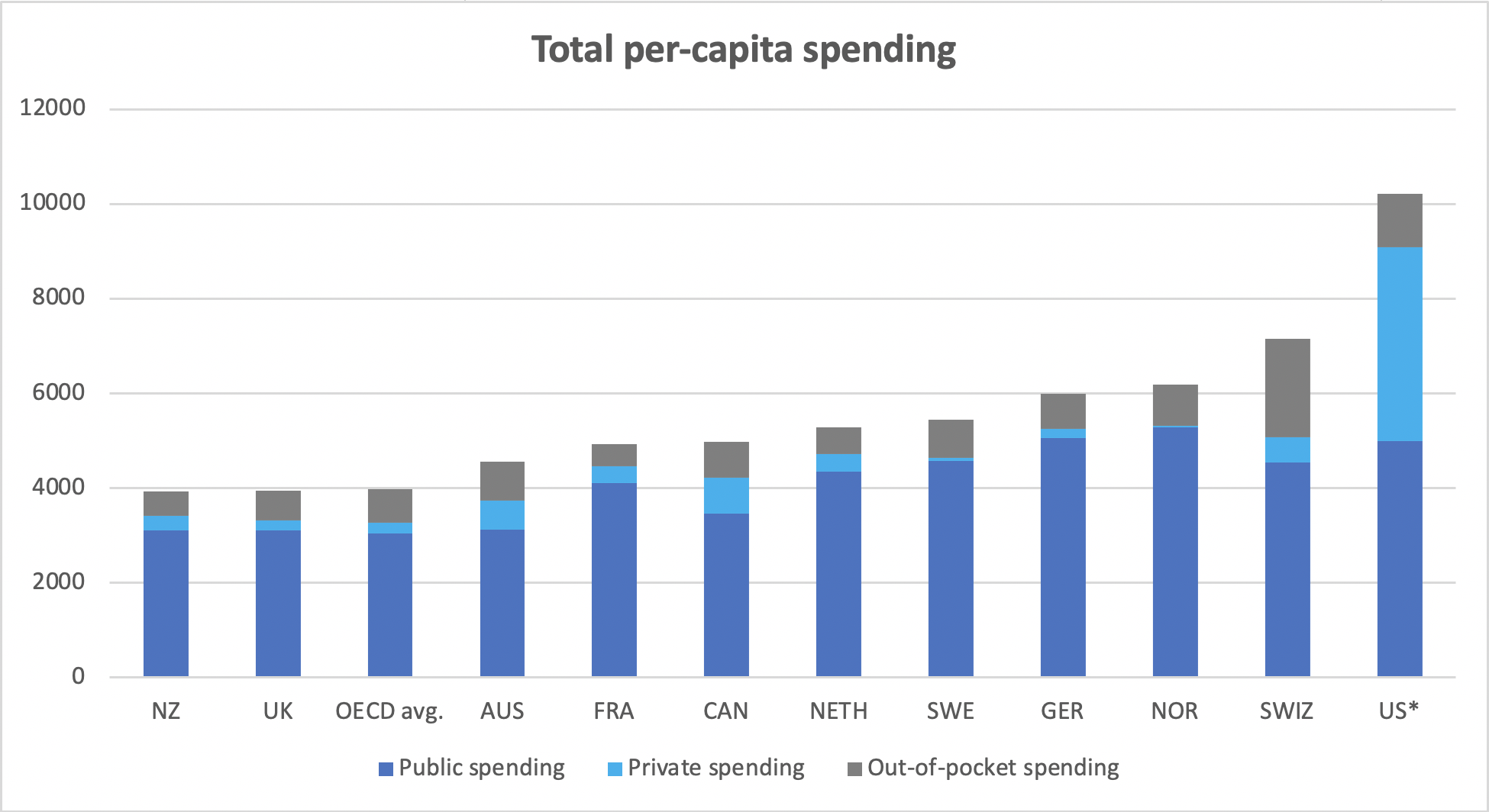ADVERTISEMENT
What Can Employers Learn From Population Health?
According to recent data from the Kaiser Family Foundation (KFF), about 156,199,800 Americans, or around 49% of the United States’ total population, receive employer-sponsored health insurance.
In my April editorial, “Who Pays for Healthcare?” The figure below illustrated the escalation in costs of that health care, for employers and employees, in the past ten years:

Over the past twenty years, KFF reports that the cost of private health care insurance has nearly quadrupled for employers and employees. Traditionally, because of escalating costs, fully-insured employers have awaited premium increases with dread, and self-funded employers have considered eligibility and benefit cutbacks, shifting more of the premium share to employees, and increasing out-of-pocket payments (deductibles and copays). Recognizing that this cycle is unsustainable, employers increasingly are seeking to understand and better manage their employees’ health, and health care dollars.
A healthier employee population would not only reduce costs of care but result in a more productive workforce. How can employers promote better health for their employees in the face of increasingly unaffordable health care? How can they improve the value of their health care investment for their employees?
The discipline of Population Health promotes principles for value-based care, which are increasingly being applied to employee populations. At Thomas Jefferson Univerity, in our College of Population Health, we recognized the need for more formalized education in Population Health for administrators and clinicians responsible for the health of employee populations.
We have developed a curriculum that comprises a 5-course certificate or 10-course (plus Capstone project) Masters of Science in Population Health for Employers. In addition to general courses in health care economics, informatics and analytics, and quality and safety, we have developed specialized courses in population health geared for the employee population. These encompass population health, health law, informatics and analytics, wellness prevention and chronic disease management, and new models of care for employee populations.
I asked our faculty to share their thoughts about key aspects of Population Health that employers need to know.
Three major principles arose:
Value is defined by the relationship between quality-outcome and cost, not one or the other. Quality-outcome refers to the health of the individual and community. Employers over-emphasize the importance of cost in achieving value and must elevate quality-outcome to the same level as cost in their calculation of value. This includes social determinants of health, which influence health outcomes far more than clinical care alone.
Care of chronic disease is now very complex and as such requires a team-based approach to care for patients. Employers must recognize this and work with payers to develop networks that include care teams for conditions like cancer, end-stage renal disease, and common chronic conditions like diabetes, hypertension, depression, and cardiovascular disease.
Employers are challenged by evaluating health improvement solutions and new models of care. They need education and training in order to apply a standardized approach to improving the health of their employees and managing the health care benefit.
Understanding how to assess value, effectively manage chronic conditions, and building better systems to keep people healthy—these are the three building blocks of population health for employers.
I hope you will make time to join us for a series of podcasts in September featuring several faculty members who will share their insights for employers!
Disclaimer: The views and opinions expressed are those of the author(s) and do not necessarily reflect the official policy or position of the Population Health Learning Network or HMP Global, their employees, and affiliates. Any content provided by our bloggers or authors are of their opinion and are not intended to malign any religion, ethnic group, club, association, organization, company, individual, or anyone or anything.




















